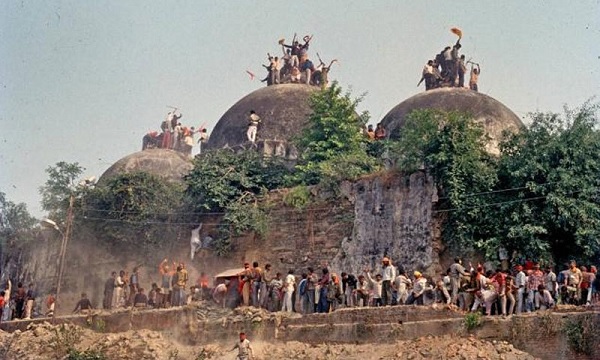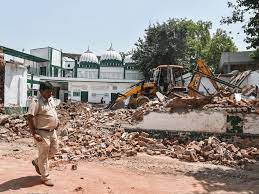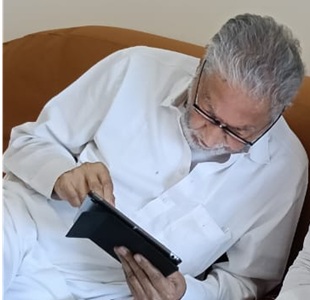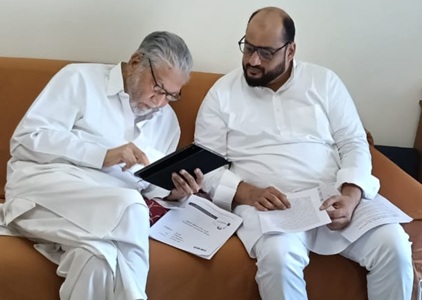Locals, both Hindus and Muslims, say they were “outsiders” who came to Ayodhya in 1992 and stirred trouble while locals were busy saving each other – irrespective of their religious faiths – from the brunt of the riots that ensued.
Ayodhya : As India approaches 25 years of the apocalyptic demolition of the 16th century Babri Masjid on December 6, citizens of Ayodhya take pains to talk about their age-old heritage of cultural collaboration and free participation in inter-religious activities which has kept the secular fabric of the twin intact – despite the dragging temple-mosque politico-legal dispute over 2.7 acres of prime land whose ownership is contested by both Hindus and Muslims.
Locals, both Hindus and Muslims, say they were “outsiders” who came to Ayodhya in 1992 and stirred trouble while locals were busy saving each other – irrespective of their religious faiths – from the brunt of the riots that ensued. Out of the town’s total population of around 60,000, Muslims account for only six per cent. But they never felt any discrimination from Hindus, says Mohammed Chand Qaziana, priest at the Dargah of Sayyed Mohammad Ibrahim.
Qaziana said that the dargah was protected by local Hindus when the kar sevaks, or Hindu religious activists who came from outside the town, demolished the Babri mosque on December 6, 1992, on the ground that it was erected there by invading Mughal emperor Babar after razing a temple dedicated to Ram, the revered warrior-god of Hindus.
“This 900-year-old dargah has followers from the Hindu community as well, many of whom regularly pay a visit here. It is a symbol of our centuries-old harmonious existence. When it was attacked, our Hindu brothers formed a human shield around it and saved it,” Qaziana recalled to IANS.
Faizabad district, in which Ayodhya falls, has about 30 per cent Muslim population. Qaziana said there is an unannounced understanding among the people here not to fall prey to hate speeches of politicians and outsiders.
What makes communal harmony special here is the participation in inter-faith events and rituals – Muslims stitching clothes for Hindu deities, participating in Ramleela (religious theatre based on the life of Ram) or doing namaz (prayers) in Hindu religious places; and Hindus similarly contributing to mosque renovation or helping Muslim fellow townspeople in times of need.
Echoing Qaziana’s views, Barfi Maharaj, who identifies himself as a Hindu social worker, said the Masjid was razed on December 6 by Vishwa Hindu Parishad (VHP) hotheads and locals had no role in it.
“We were neither influenced by hate speeches nor did we participate in the demolition drive. It was VHP that brought outsiders to demolish the Masjid. How can people from the birthplace of Ram, who is known for his secular teachings, commit such a sinful act?” asked Barfi Maharaj.
Giving examples of inter-faith harmony in the town, he said that a mosque near Hanumangadhi in Ayodhya was being renovated by a Hindu mahant (priest) while a Muslim tailor had been stitching clothes for the idol of Ram that is installed in the makeshift temple at the disputed site of Babri Masjid.
Needless to say, whatever be the difficulties and complexities in the Mandir-Masjid issue, there will not be any negative impact in the socio-religious fabric of the city, feel the people of Ayodhya, once the kingdom of Ram, known for being a model of good governance in that era.
(This feature is part of a special series that seeks to bring unique and extraordinary stories of ordinary people, groups and communities from across a diverse, plural and inclusive India, and has been made possible by a collaboration between IANS and the Frank Islam Foundation. Saurabh Katkurwar can be contacted at saurabh.k@ians.in)






0 Comments